Babasaheb Ambedkar Life & Mission English Book Summary
Babasaheb’s full name was Bhimrao Ramji Ambedkar and his ancestors came from Ambadave village in Mandalgarh tahsil, which was near Dapoli town in the Ratnagiri district of Maharashtra state. His mother’s name was Bhimabai and he was the son of Ramji Sakpal. His grandfather, Maloji Sakpal, belonged to the Mahar Community, which is considered dalit among the Hindus.
Sakpal ( Babasaheb Ambedkar Life & Mission English Book Summary ) was his family name, which was supposed to symbolize pride; they were Palki bearers of the Hindu deities. The Mahar community was ready to join the army and other jobs but was never given dignified jobs in the government, the police force, or society due to social discrimination.
They can only sweep roads, clean toilets, mend shoes, keep a nightly vigil and carry dead animals. They made bamboo trays and were often forced to work in fields without paying anything.
They were treated like laborers in Hindu society because they do not have any dignified work like other Hindu communities do but were restricted to live a very limited life and forced to live outside of the village where people went for open defecation and created a stinking atmosphere with the buzzing of flies and mosquito bites to make their life worse than beasts.
बाबासाहेब अम्बेडकर जीवन और मिशन अंग्रेजी पुस्तक ऑनलाइन
They were living in a hell created by the Hindu caste system. Extreme pressure was laid on them economically, socially, culturally, in business and in religion. The so-called high caste Hindus hated the Mahar community; they did not allow their shadows and their condition was very pitiable in the times of the Peshwas.
They did not consider humans ( Babasaheb Ambedkar Life & Mission English Book Summary ) . The fet-ters of slavery were so intact that their lives were miserable. While a well-to-do class enjoys an easy life despite their hard toil. Residents of the Mahar community always establish themselves outside of the village called Maharwada, atoned for by the living settlement of Mahar beasts and their dis-gusting attitude.
Historians believe that the Mahar community is the most ancient in that region, which is why it is called Mahar Rastra (Mahar state) in Maharashtra. The root words maha and ari meant a great opponent. They have strongly built bodies and daring voices with intellect and are ready to participate in battlefields.
That is why ( Babasaheb Ambedkar Life & Mission English Book Summary ) thei their selection was preferred in the king’s armies. In those days, the European community recognized them soon and a Mahar Regiment under the East India Company was established to hire
Babasaheb Ambedkar Life & Mission English Book Summary
them to the European force. They have no way to escape choosing The British army because the so-called high caste detests them as lowly creatures and the Peshwas do not allow them in their army. It was a dignified livelihood for them because caste did not consider it an impure disability.
Some ( Babasaheb Ambedkar Life & Mission English Book Summary ) Mahars already joined the armies of Peshwas, Marathas and Mug Mughals but never reached the position of subedar and with the inception of the British army, some Mahar soldierg were promoted to subedar and major in the inaugural years but so-called high caste soldiers could not salute dalit officers.
They ( Babasaheb Ambedkar Life & Mission English Book Summary ) provoked them against Mahar officers and finally, in 1892, the British Army restricted hiring dalits. In 1998, they ousted Mahar from the army based on their caste, the Rajput, Maratha, Sikh and Gorkha regiments were established.


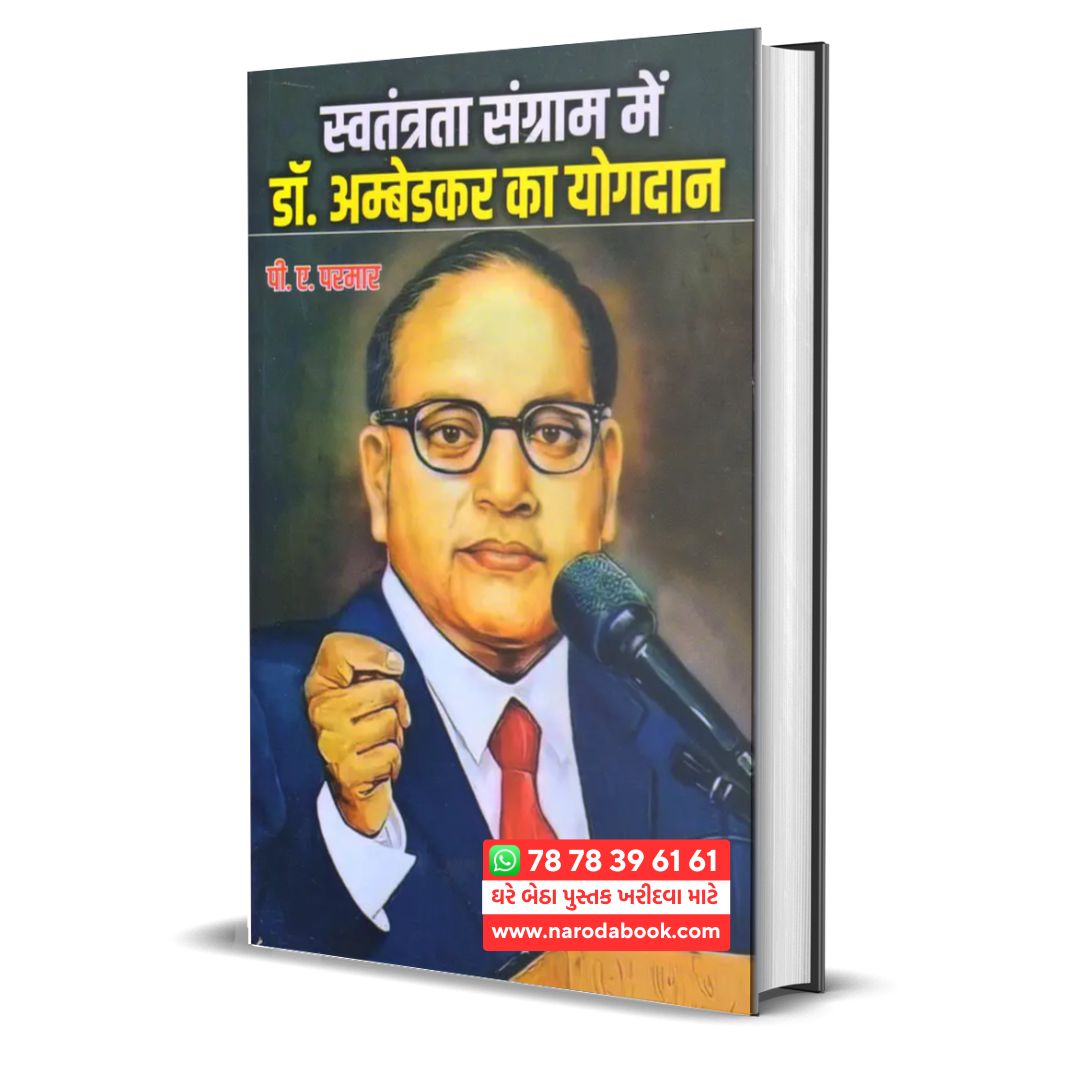

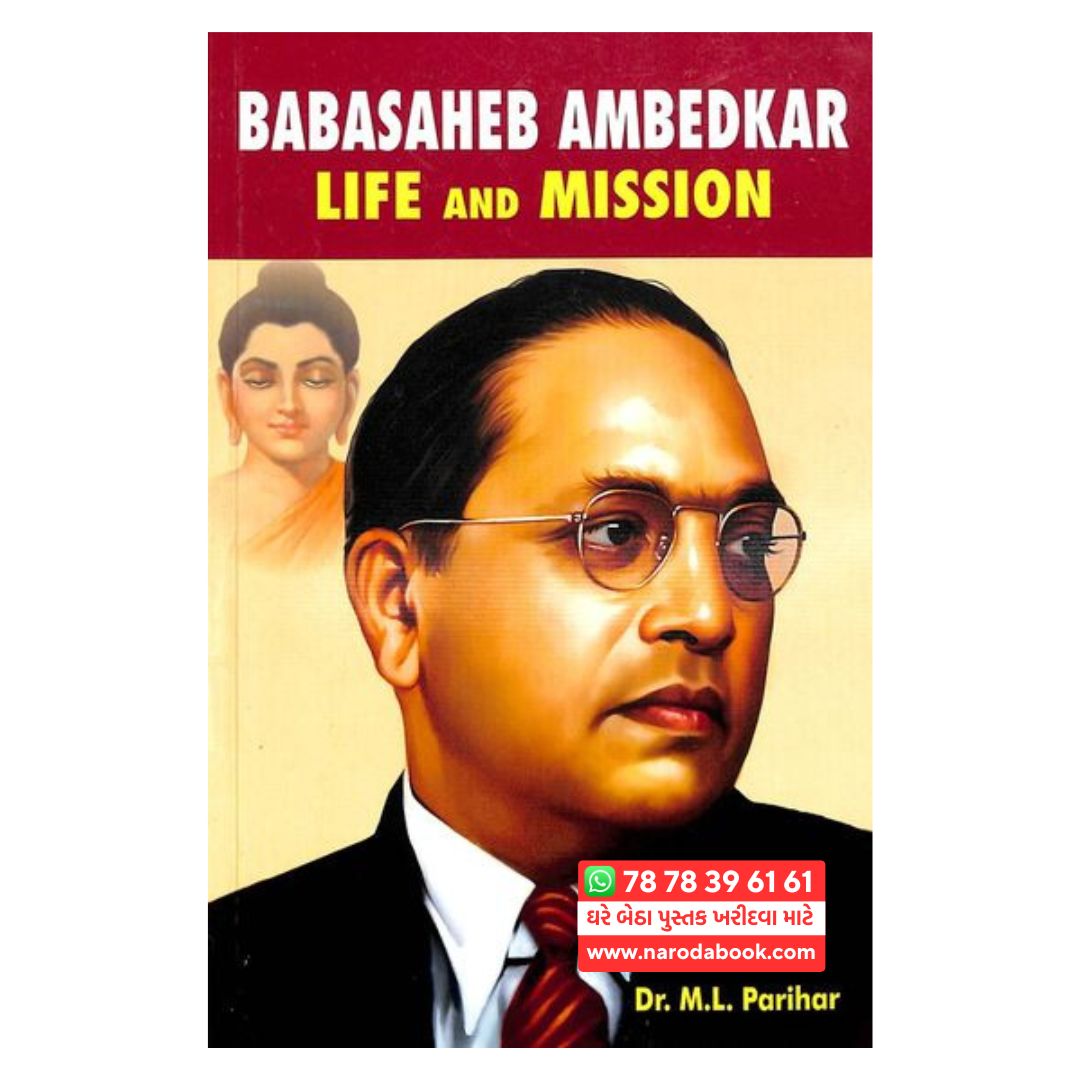






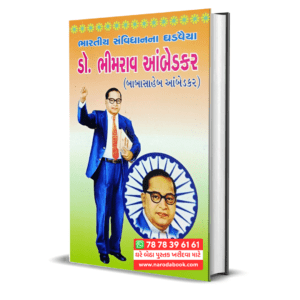


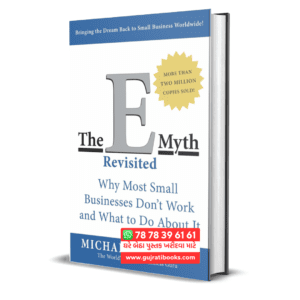

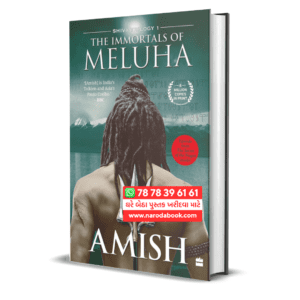

Reviews
There are no reviews yet.